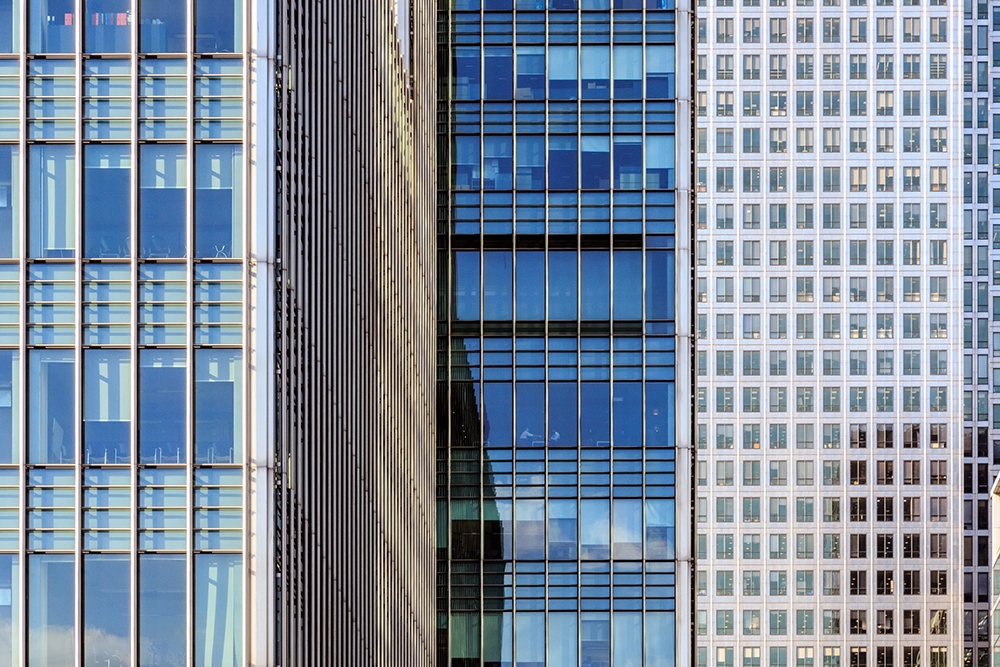
Press Release
583 tall buildings queued up for London but one thing has the potential to derail them all
25th Jun 2024
By Natasha Bray, Head of Rights to Light in London, Rapleys
The news from New London Architecture that there are 583 tall buildings (20+ storeys) queued up to join London’s skyline has been met with a range of feedback from the industry from those embracing new development particularly if it includes needed housing, to those who detest the aesthetic of tall buildings.
My first reaction however was more one of concern about whether all developers have properly considered the potential impact of these buildings on the surrounding areas. Careful consideration as to the potential Rights to Light (RTL) and Daylight & Sunlight (D&S) matters that can arise will play a large role in the success of any application and the eventual construction of the proposed building. It is important that a clear understanding of the potential risks is gathered, so that appropriate mitigation and risk management strategies can be adopted at the right time to minimise impact on the progress of the site.
With any development, and particularly for tall buildings, neighbourly matters advice is ideally sought pre-acquisition, whereby the experts can bring good value by providing preliminary advice that identifies any potential issues, the level of appropriate massing and what the associated viability impacts could be. It is important for the developers of these tall buildings go into the site transaction with their eyes open from day one, with appropriate budgets and strategies to tackle potential challenges.
Many developers only consider such topics when a request is made. For example, at pre planning or planning stages when Daylight & Sunlight reports needed to be submitted. It is important to not view these assessments as simple tick box exercises, when their intention is to aid in designing great places to live for those who will occupy and those who surround. This is simply not a prudent way to approach either Daylight & Sunlight (D&S) or Rights to Light (RTL).
Firstly, RTL and D&S are different workstreams and, despite ostensibly covering a similar topic, have very different risk profiles and implications for a site.
D&S is a planning condition – a report is needed to assess how much light loss is likely due to the development, whether a proposed development is appropriately lit internally and if the relevant recommendations are met. Once accepted as part of the planning process, there will be no route for recourse, with the exception of Judicial Review.
Conversely, RTL is not a planning requirement, but it is more crucial when it comes to successfully building out the proposed development. It is important to be aware that neighbours can raise a claim for loss of light during the planning process and whilst it is not a planning matter this can make it difficult when it comes to placing insurance. If a developer hasn’t undertaken a RTL assessment and does not have full knowledge of the potential issues, it can be very difficult to manage a Right to Light claim once it has been raised. Significant cost may be added to the process, with the worry that the ultimate right for the objecting party through the court is to an injunction, which could result in having to remove the offending part of the development if built, or prevent it from being built. This is a big risk, particularly if the developer has not shown any positive engagement with the neighbours in the first place (without of course, highlighting RTL to them!).
With tall buildings, the risk is particularly concerning as it is likely that the range for impact will be larger than normal, which may result in a large number of claims, and certainly when one is raised, other neighbours will also become aware. All of a sudden costs are spiraling and, if this hasn’t been thought about, strategised and insured in advance, viability of the scheme can come into question.
In a worst-case scenario, a developer may have achieved planning permission but has not considered Rights to Light. A neighbour can easily find further information on Rights to Light with some quick online research. They, and several of their fellow residents can then bring a claim to the developer. At this point, it may be too late for the developer to get insurance to protect against a claim. The analogy we regularly refer to is, it’s like purchasing car insurance after a crash, nigh on impossible and certainly more expensive either way. In this case, the developer can end up with a large amount of unforeseen costs or having to make major changes to the proposed development. This worst case can be avoided with careful planning and risk management.
So, developers – don’t be fooled into thinking planning permission is the only key to building without repercussion. Be fully aware of your risk from day one and breathe easier knowing your development is protected against future claims. This is something the developers of the 583 tall buildings in London’s pipeline would do well to think about, before they expect them to be in the skyline.
Related news
Be.EV expands its national network with Rapleys appointed to acquire sites
Leading Electric Vehicle (EV) charge point operator Be.










